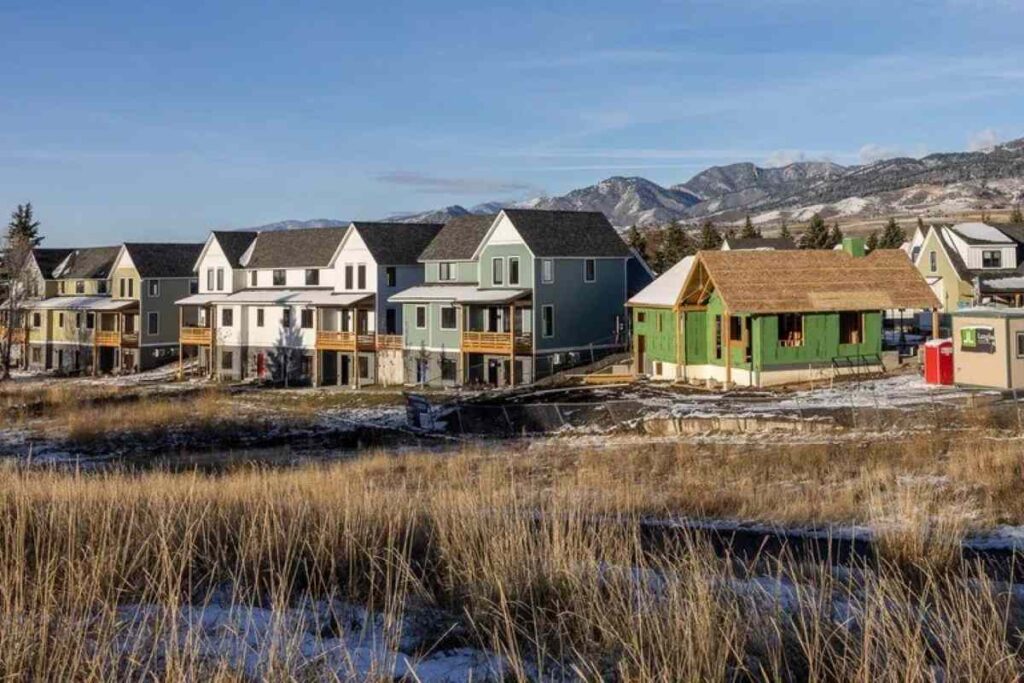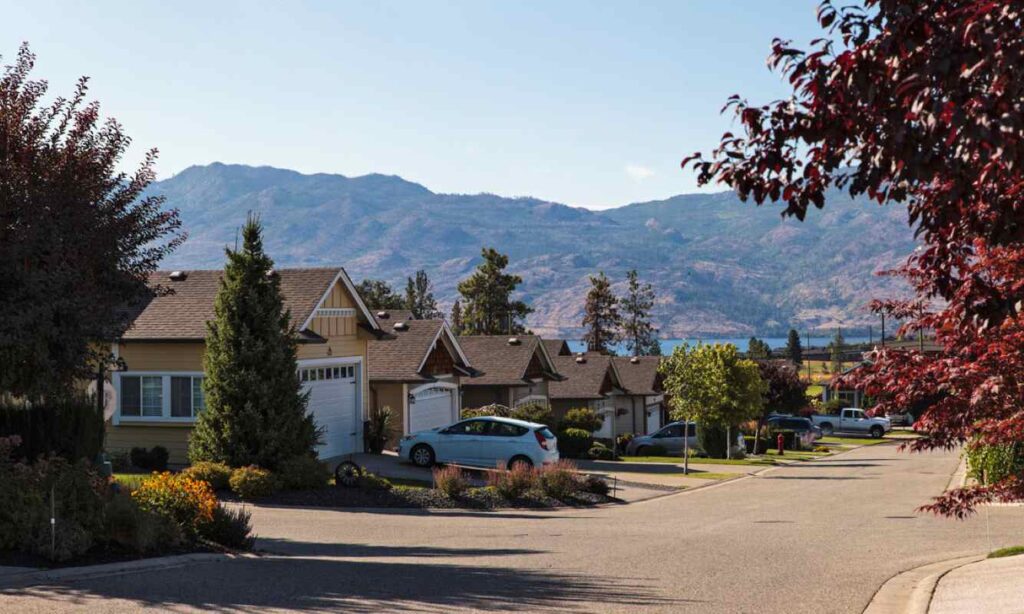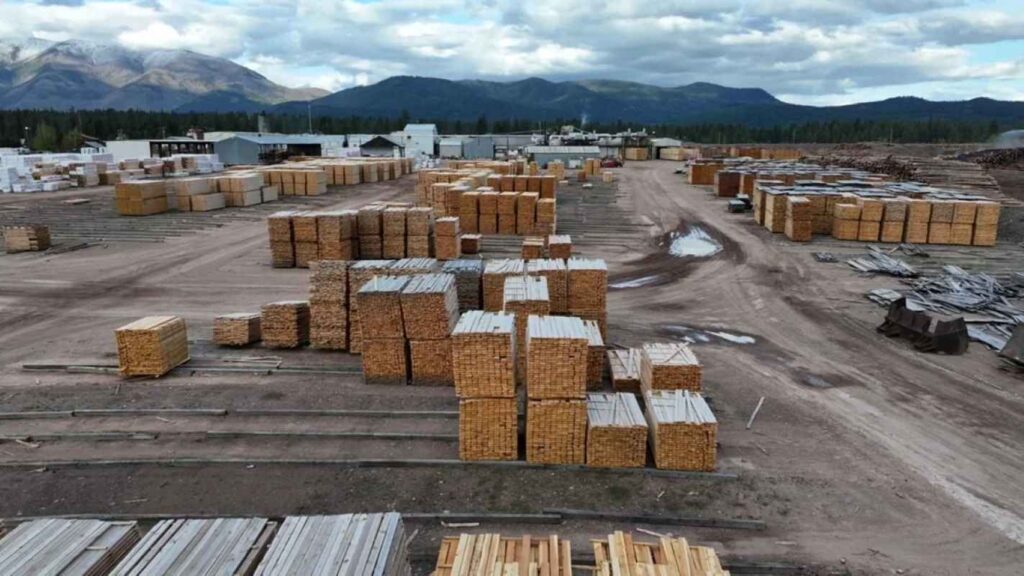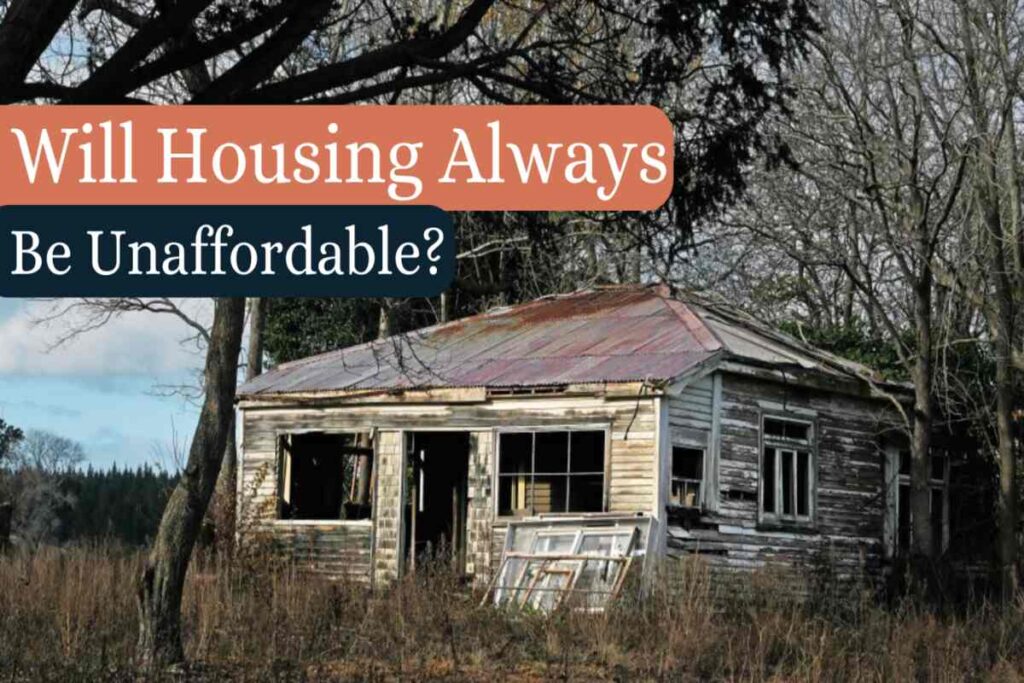Like similar picaresque communities in the US, the Seeley Lake affordable housing crisis is starting to worry local authorities. Small US communities like Montana’s Seeley Lake are beginning to grapple with the economic weight of coming to the limelight.
So, we shall assess the challenges of this uncharted community and others like it. We shall also consider the real estate economy’s role in the recent realities plaguing Seeley Lake.
Understanding Seeley Lake Affordable Housing Crisis
Of course, no single narrative can explain away the recent housing crisis in Seeley Lake. On the contrary, the crisis is an obvious interplay of multiple factors. However, the implications are obvious. For one, longstanding community residents are beginning to find it difficult to purchase a house or secure accommodation. Indeed, some locals are starting to relocate to other places as housing has suddenly become unaffordable in the once obscure Seeley Lake community.

Here are some of the obvious factors that triggered the ongoing housing crisis in Seeley Lake:
1. The Inability of Housing Initiatives to Keep Up With Towering Demands
There’s no denying that the local Montana authorities are trying to salvage the situation arising from the crisis. However, their efforts seem like a drop in the bucket. The local authorities in Seeley Lake can only do so much due to the limited funds and infrastructure at their disposal. So, the local government is only looking forward to interventions from the state and federal tiers of government.
2. Sudden Surge in Housing Investments from External Buyers
Seeley Lake has a homely ambiance that makes people want to vacation and catch some breath there. Consequently, many urban dwellers are starting to see the community as a ripe place for real estate investment. Naturally, the growing demand for Seeley Lake real estate has increased prices and made it unaffordable for residents.
3. A Lean Housing Inventory
It’s a no-brainer that Seeley Lake is no concrete jungle like New York City or other metropolitan areas in the US. Even such urban locations, with all the teeming real estate, still experience their fair share of housing deficits. So, it is understandable that a pristine community like Seeley Lake has very few houses for which buyers could grapple and haggle.
Causes of Seeley Lake’s Affordable Housing Crisis
The Seeley Lake affordable housing crisis is starting to impact the community’s local economy profoundly. The challenge of affordable housing is having a ripple effect on businesses in the community. Some folks have had to move out of the pressure zone altogether in search of affordable housing.

This migration has increased the commute hours for locals who still maintain employment in Seeley Lake. Some workers have resigned from their jobs altogether. This trend has caused many Seeley Lake businesses to experience a labor shortfall. Some small businesses are cutting their operating hours, while others are shutting down operations.
Who Is Affected the Most?
The Seeley Lake affordable housing crisis disproportionately affects low- and middle-income families. Families in this niche are those who are employed by Seeley Lake’s local economy. Besides entire families, mint college graduates also have a very low prospect of having a home of their own, judging by the prevailing realities.

Interestingly, many external buyers investing loads of cash into Seeley Lake real estate don’t reside in the community. At the very best, only a few of them occasionally vacation there. As far as such investors are concerned, their stake in Seeley Lake real estate is just a passive income source.
ALSO READ: Housing Crisis Looms in Ohio As Over 15,000 Migrants Arrive in the State
Possible Solutions to Address Seeley Lake’s Housing Crisis
As complex as the Seeley Lake affordable housing crisis may seem, some potential solutions could help regulate real estate prices in the community:
1. Long-Term Rent Control Policies
Local authorities can issue legislation that favors long-term renters. For example, such policies should prevent property owners from raising rents at the expense of working renters. Instead, such increases should be capped, making real estate a healthy investment for renters.
2. Community-Sponsored Initiatives
Local housing cooperatives should be a rallying ground for residents. Such entities should lend a voice to the affected residents. Similarly, the cooperatives should help appropriate residents’ resources towards the development of not just housing but prevalent communal needs.

3. Public-Private Partnerships
Since the local authorities have acknowledged the lack of funds and necessary infrastructure as their limiting factor, they could partner with willing private entities. So far, the partnership has yielded sustainable and affordable housing plans for the affected locals, which would be a welcome development.
4. Incentives for Entities that Invest in Affordable Housing Development
Real estate developers are simply businesses trying to break even or rake in some profit. So, providing them with government incentives like subsidies, grants, or even tax credits may encourage them to embark on local projects providing affordable housing. Similarly, adjusting zoning laws to separate different types of residential lots is likely to boost housing development.
The local Seeley Lake community is on the brink of economic collapse if the authorities refuse to use all the resources in their capacity to salvage the situation. That external buyers are investing in the community’s real estate market is a great development. However, caution is needed so as not to smoke out the local population with unaffordable housing prices.

